The stylization of this fantastic animal is characterized by an accentuated simplification of the masses, still very strong and anatomically much less defined than examples of stylophorous lions from the full Romanesque period of the 13th century, very widespread throughout Italy.
Given this stylistic hypothesis, we perceive tendencies towards sculptures of barbaric culture, therefore it cannot be excluded that it could be a piece even before the year 1000 made by workers of late Lombard, Norman or Byzantine culture in central Italy. In fact, the type of stone appears to be gray peperino, a stone present in abundance in the Tuscia area, between Lazio and Tuscany.
It is known that most Italian basilicas have had numerous construction phases and could therefore belong to a primitive internal ambo built around the year 1000, a period characterized by numerous cultural and artistic influences in Europe and Italy.
The hypothesis that the animal is a sea lion can be advanced due to the strange engraved fins present under the animal's legs, both rear and fragmentary in the front ones.
Measures:
Approximately 65cm long x 35cm wide x 30cm high.
We attach to the sale a certificate of authenticity issued by our antiques gallery.
Upon request we can provide documentation of free movement of goods, if there is interest from a customer who lives outside Italy.
Discover our ancient art proposals on www.antichitabompadre.com









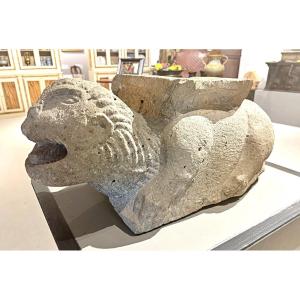












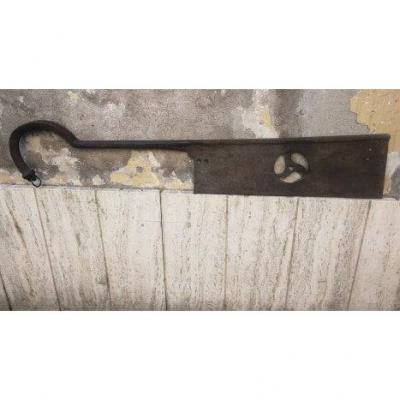





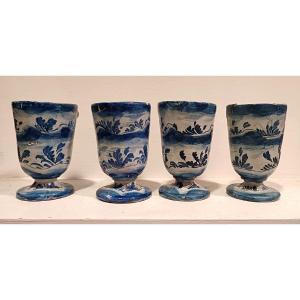


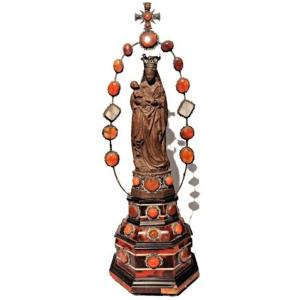
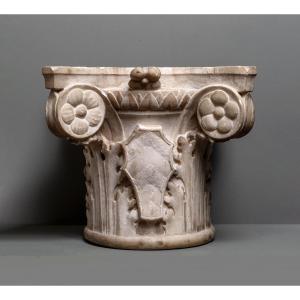
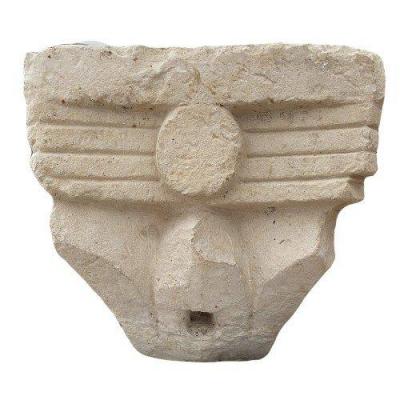
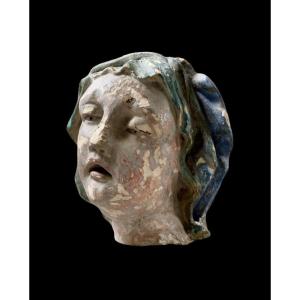
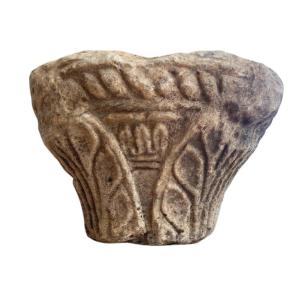




 Le Magazine de PROANTIC
Le Magazine de PROANTIC TRÉSORS Magazine
TRÉSORS Magazine Rivista Artiquariato
Rivista Artiquariato